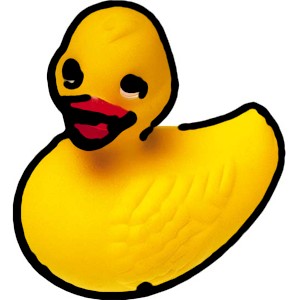TImageEnProc.Cartoonify
Declaration
procedure Cartoonify(Radius: Integer = 2; RemoveNoiseSize: Integer = 20; ThresholdWinSize: Integer = 4; ThresholdOffset: Integer = 4; ContrastLevel: Integer = 30); overload;procedure Cartoonify(LineColor: TColor; Overlay: Boolean; Radius: Integer = 2; RemoveNoiseSize: Integer = 20; ThresholdWinSize: Integer = 4; ThresholdOffset: Integer = 4; ContrastLevel: Integer = 30); overload;
Description
Convert the image to a cartoon line effect.The second overload allows you to specify the line color and optionally overlay it upon the existing image
| Parameter | Description |
|---|---|
| LineColor | The color to draw the lines (defaults to black for first overload) |
| Overlay | If true, the resulting image is overlaid onto the original image (defaults to False for first overload) |
| RemoveNoiseSize | Any noise smaller than the specified size (in pixels) will be removed (See: RemoveIsolatedPixels) |
| ThresholdWinSize | Specifies the Window Size for the thresholding (converting the image to monochrome) |
| ThresholdOffset | Specifies the Offset for the thresholding (converting the image to monochrome) |
| ContrastLevel | Specify the amount of contrasting to apply to darken the resulting lines |
Note:
◼A UI for this is available to your users in the Image Processing dialog
◼If the image PixelFormat is not ie24RGB, it will be converted
Demo
 | Demos\ImageEditing\EveryMethod\EveryMethod.dpr |
Examples
// Load test imageImageEnView1.IO.LoadFromFile( 'D:\TestImage.jpg' );

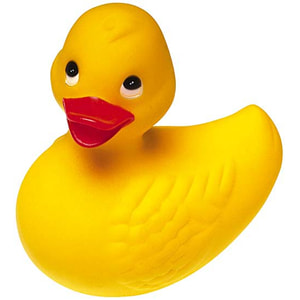
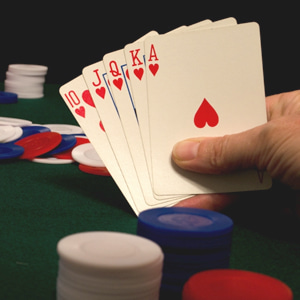
// Convert image to cartoon
ImageEnView1.Proc.Cartoonify( 2 );
ImageEnView1.Update();

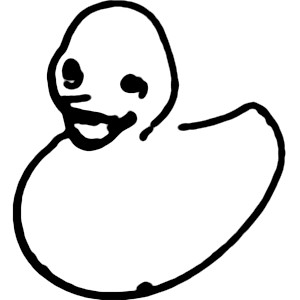
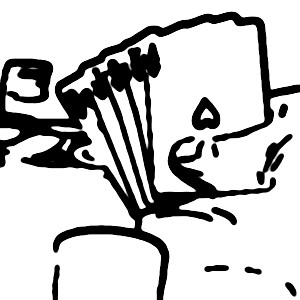
// Overlay cartoon effect onto image
ImageEnView1.Proc.Cartoonify( clWhite, True );

